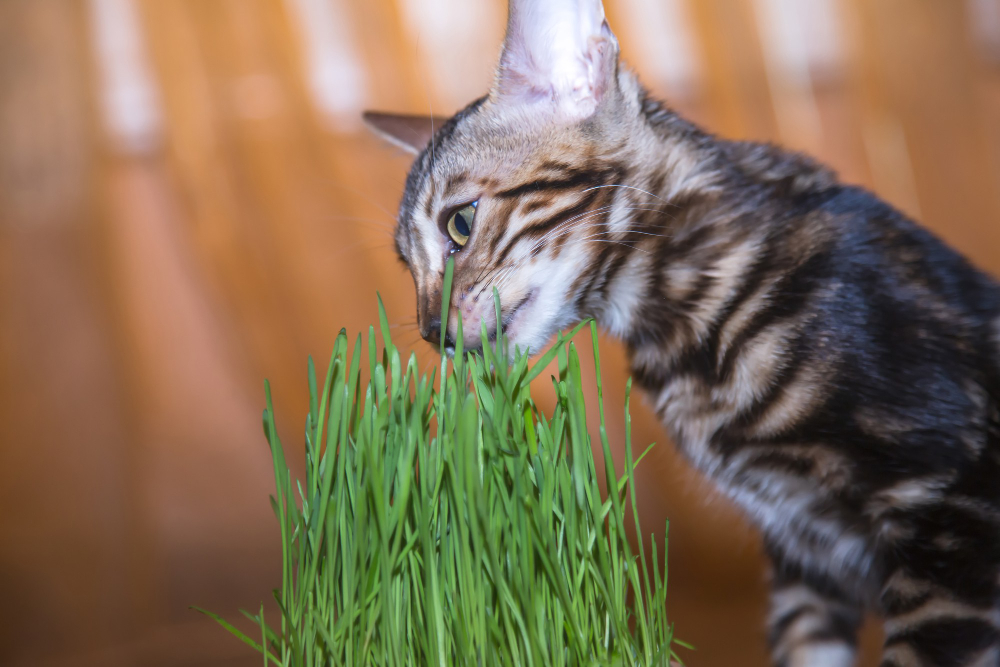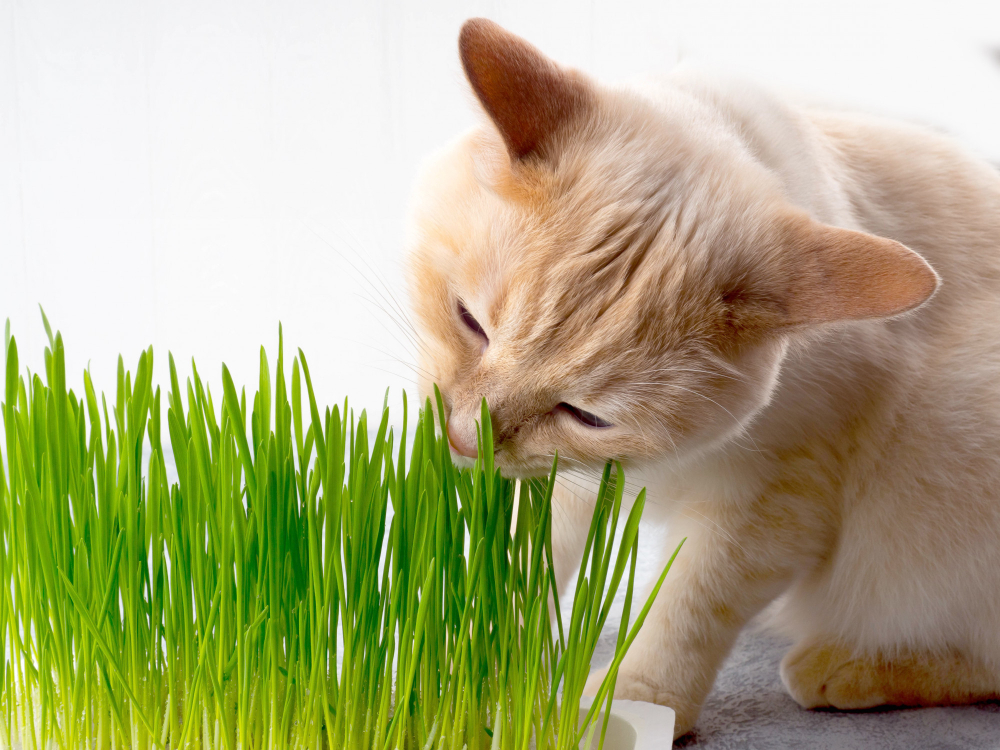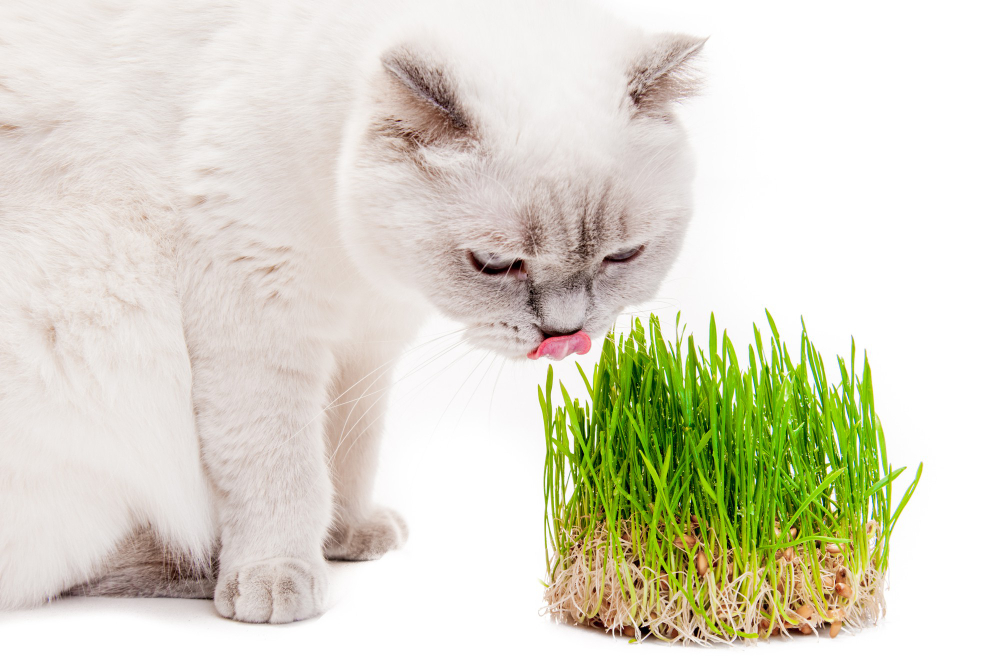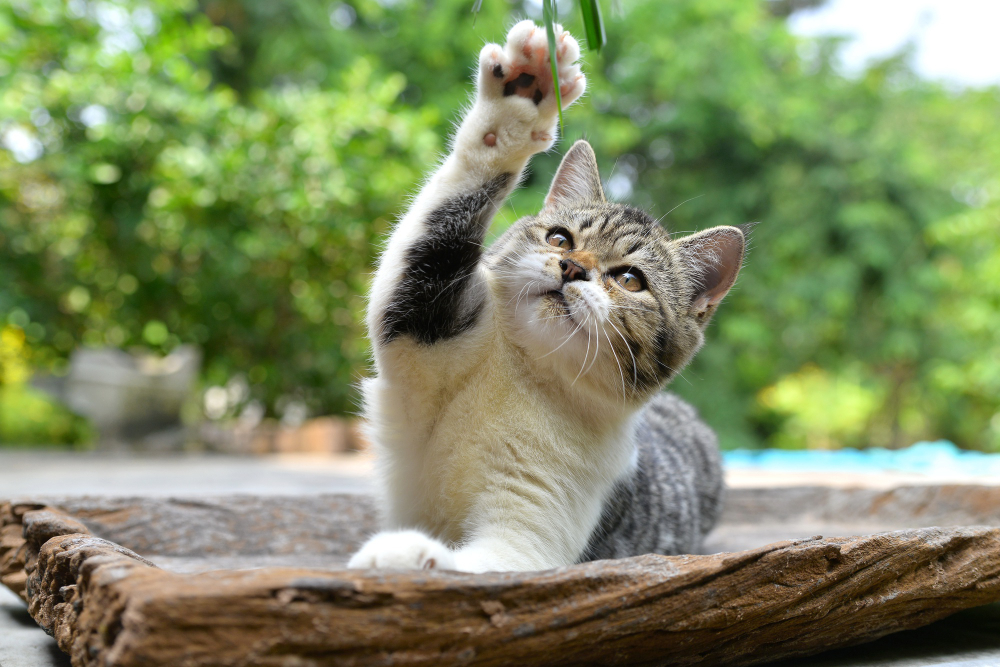
If you are a cat parent, you've probably heard all the buzz around catnip, whether it is catnip toys, catnip plants, or even Catnip Teas for Cats. But have you ever wondered what it actually is?
Catnip is characterized as a recreational drug for cats, there is a lot about the plant that new and seasonal cat parents must know. Today, we're going to cover how exactly to use catnip, how catnip affects cats, and things to consider when using catnip.
Whether you're a seasoned cat owner or simply curious about the chemical wonders around you, you are in for a journey. So, sit back and let us take you through the wonderful world of cats and catnips.
What is Catnip?

Catnip, which goes by several names like catmint, catwort, field balm, and Nepeta cataria in Latin, is an herb that belongs to the mint family that cats of all sizes find utterly captivating. This includes your pet cats and the felines of the jungle, like lions and tigers.
When cats eat catnip, it can make them feel extremely happy for a little while. Your cat might also act like how people typically act when they are high. It is kind of normal to see them get super active or just extremely relaxed after their dose of catnip.
So, one might wonder how catnip casts its spell. The secret lies in a special chemical called nepetalactone, found in the plant's leaves and stem.
When cats get a whiff of nepetalactone, it triggers certain mood and happiness-related brain chemicals, making them go wild with joy.
How to Use Catnip?

You've a lot of options when it comes to to giving your cat catnip. You can find fresh or dried catnip, catnip sprays, and catnip treats.
It's all about figuring out what your cat enjoys the most, so let's look at all our options in a bit more detail.
-
Fresh catnip
You can easily grow a catnip plant at home to have a fresh catnip supply every time you want it. All you have to do is pick a few leaves and let your cat eat, chew, or play with them.
But one thing to be careful about is to make sure to put the plant out of the reach of your cat so that it can't munch on it all day.
-
Dried catnip
You can get bags of dried catnip for your cat to munch, smell, or play with. You can spread it around their play area or stuff it in cat toys for them to enjoy, too. Having it in cat toys is a great idea.
But if you choose loose catnip, keep it in a sealed container and away from your curious cats because they might help themselves to it.
-
Catnip treats
Catnip treats offer a delightful way to not just entertain your cat but also reward them for good behavior. These treats contain catnip, which triggers the same playful reactions as fresh or dried catnip.
They come in various forms and can be a fun addition to your cat's routine. A variety of catnip treats are available in the market, so get some from a reliable brand and stick to the ones that work best for your cat.
-
Catnip spray
If your cat's stomach gets upset from eating catnip, you can use catnip spray. They can sniff it or rub against it for fun without the tummy trouble.
You can also use it to get them interested in certain things, like a toy or their bed. All you have to do is spray the catnip on their things, and they'll probably start playing or snuggling with them.
Even when the catnip's effects wear off, most cats will still like those things because of the positive association with them. So, it is a great option when you are trying to train your cat.
How Does Catnip Affects Cats?

Not every cat goes wild for catnip. Veterinarians say that roughly 60% of cats will show some sort of playful reaction to catnip, like rolling or pouncing. But if your kitty isn't into catnip, there's another option called Silver Vine that might do the trick.
Cats' reaction to catnip is found to be rooted in their genetics, as pointed out by scientific evidence. About 70% of cats have a gene that enables them to respond to catnip. So, your cat's likeness for catnip is them channeling their true feline self.
Moreover, catnip doesn't do much for kittens. Cats need to grow up a bit and reach adolescence, which happens around 5 to 6 months of age, before catnip starts to get them excited.
Things to Consider Before Using Catnip
Before using catnip for your feline friend, there are a few essential factors you should consider.
-
Age
Catnip typically doesn't affect kittens. It's more appealing to cats who have reached adolescence, usually around 5 to 6 months of age.
-
Moderation
Cats have super-sensitive noses and can detect even the slightest amount of catnip in the air. And cats react to that. So, just a little catnip goes a long way. They enjoy it for about 15 minutes, and then they need a break of a few hours to feel it again.
Moreover, you don't need to give catnip every day. It's like a special treat. Also, you don't want your cat to get used to it and not find it a fun treat anymore.
-
Avoid giving it to bullies
In the cat world, some cats can be troublemakers, often getting into fights with other cats and pets. For these "bully" cats, catnip can sometimes make them irritable and more likely to be aggressive, ending up in all the wrong situations.
-
Store properly
Keep catnip and catnip-infused toys in a sealed container to maintain freshness and potency. Moreover, try to keep it away from the reach of your cat as they might want to help themselves to it every once in a while.
Final Words!
So, in the end, catnip is like a little magic herb that can keep your cat entertained and happy. It's great for playtime, but you must be careful not to overdo it.
Also, remember that not all cats are crazy about it. Some love it, and some not so much. The key is to know what your cat likes and what it doesn't like. Also avoid giving too much catnip to your furry friend.
So, go to the nearest pet store and get your hands on your cat's favorite form of catnip.
















